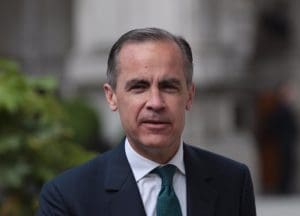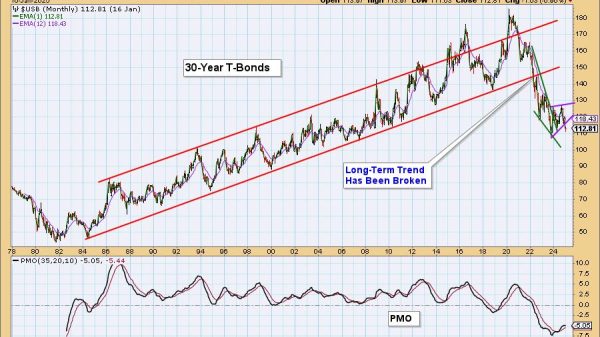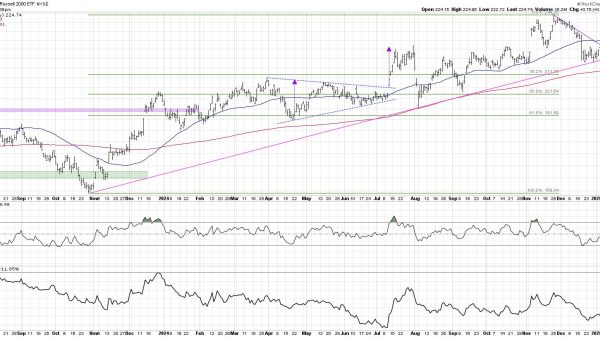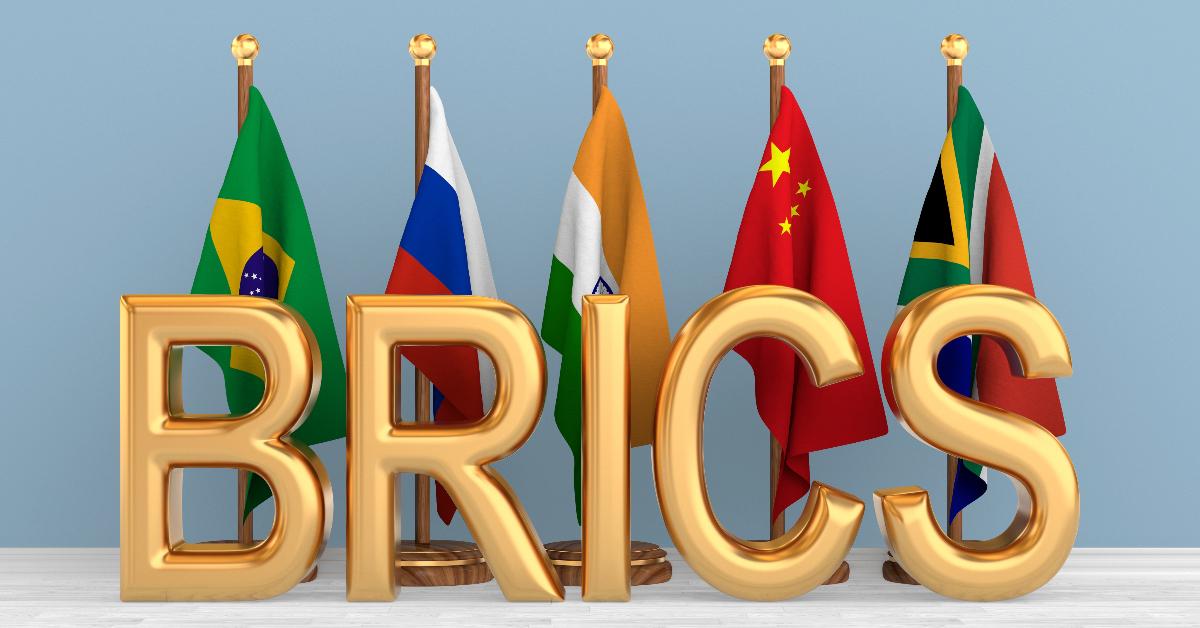At the conclusion of the BRICS summit in Johannesburg on August 24, 2023, it was announced that the five-country grouping of Brazil, Russia, India, China, and South Africa, had invited six more countries to join: Saudi Arabia, the United Arab Emirates, Iran, Egypt, Ethiopia, and Argentina. The new memberships, which will take effect in January 2024, were called “historic” by Chinese leader Xi Jinping, while Vladimir Putin, unable to travel due to an International Criminal Court warrant, remotely congratulated the new BRICS members and pledged to expand the group’s global influence.
Given the economic and political conditions in most of the member countries, however, as well as conflicts between them and diverging interests, the goals of the expanded BRICS group are largely unachievable. In the end, if successful, BRICS will replace US hegemony with Chinese hegemony.
Goldman Sachs economist Jim O’Neill came up with the acronym BRIC in 2001 to designate the four rapidly growing economies (South Africa was not yet included), which he predicted could be among the world’s largest by 2039. In recent years, Xi Jinping has promoted BRICS as a rival to the Group of Seven (G7), but it remains loosely organized and has no institutions or currency of its own. China, Russia, and, to some extent, India hold most of the political and economic influence in BRICS.
Those who believe that BRICS will disrupt the international order can cite several impressive statistics. With the accession of the new members, BRICS countries will contribute an additional 400 million people for a combined 46 percent of the world’s population. They will also account for 37 percent of global gross domestic product (GDP) (more than the G7), 42 percent of world oil production, and significant percentages of various critical minerals. What is more, the group is expected to grow: forty countries have expressed interest in joining.
Members believe BRICS will acquire soft development loans backed by China, champion their own interests, dedollarize their economies, counter US hegemony, and increase revenues from minerals and oil. Each of these points is discussed below.
Lack of Shared Interests
Xi Jinping said that the expansion of BRICS will “inject new vitality into the BRICS cooperation mechanism and further strengthen the forces for world peace and development.” Yet Russia, the second most powerful and developed member of the group, is actively engaged in a war and widely sanctioned by the international order; proposed member Ethiopia is in the midst of a civil war; Iran is heavily sanctioned for its support of the war in Ukraine as well as its nuclear weapons ambitions; and, until recently, Iran and Saudi Arabia were involved in proxy wars in Syria and Yemen.
India, the world’s most populous country as of July 2023, is in a border dispute with China, which resulted in minor military clashes in 2020 and 2022. China’s naval activities in the Indian Ocean led India to strengthen defense ties with the United States, Australia, and Japan through the Quadrilateral Security Dialogue (QSD). Just days after the BRICS summit, in a move that jeopardizes meaningful cooperation for global peace and economic development, China’s Ministry of Natural Resources released a new version of its national map that lays claim to Indian and Russian territory. India promptly lodged a diplomatic complaint.
Dedollarization
There have been discussions of creating a BRICS currency, which proponents believe could unseat the US dollar. Replacing the dollar in trade, however, would be problematic: because it is liquid and freely convertible, the dollar is widely used in trade, many oil-producing nations peg their currencies to it, and it is the preferred currency for foreign reserves. In general, not even BRICS nations want to hold BRICS currencies as reserves. The only BRICS currency used in global reserves is the Chinese yuan, making up a record low of about 2.5 percent. Replacing the dollar with a BRICS currency was not even on the agenda of the most recent BRICS summit.
Lack of Institutions
The only BRICS institution in existence is the New Development Bank (NDB), which until recently was an exclusively US-dollar bank. Backed and largely funded by China, it provides loans similar to those provided by China through the Asian Infrastructure Investment Bank and the Belt and Road Initiative. In 2016, the NDB started structuring some loans in the currencies of other BRICS countries; but given the low convertibility and high instability of member currencies, its working currency remains the US dollar. At the most recent BRICS summit, stabilizing member currencies was a higher priority on the agenda than dedollarization.
Eschewing the US-Led Global Economy
The size and health of BRICS economies varies dramatically. India’s outlook is bright, with a rising GDP and FDI. Saudi Arabia is a rich oil-producing nation with one of the highest growth rates in the Group of 20 (G20). Brazil is facing slow growth and high unemployment but is doing better than in previous years. South Africa just returned to prepandemic levels of economic activity, but unemployment remains high. Argentina’s inflation, meanwhile, has risen above 100 percent. Ethiopia, despite rapid GDP growth, remains one of the poorest countries in Africa, with a GDP per capita of just over $1,000 per year. Finally, Egypt has both rising GDP and rising poverty.
The largest economies in BRICS are China, India, and Russia. These three nations are also the world’s top military powers, after the United States. Arguably, the BRICS nations with the most global power and influence in politics and diplomacy are China and Russia. But since the beginning of the war in Ukraine, Russia’s economy has been deteriorating and now faces dwindling foreign currency reserves and economic sanctions. As a result, Russia is steadily becoming more financially dependent on China. At the same time, because China is wrestling with declining trade and investment, reduced exports, and record youth unemployment, Beijing may find it difficult or even impossible to underwrite the other BRICS nations. If it does find a way, BRICS could replace the US-led international order with a Chinese-led order.
An Indian think tank, the United Services Institute (USI), has accused Beijing of wanting to pack BRICS with Chinese allies to promote its own agenda. The USI stated that China was trying to build its own influence through BRICS as it has done through other groups, such as the Shanghai Cooperation Organization and the Belt and Road Initiative.
Controlling Minerals and Oil
With its inclusion, Saudi Arabia, the largest exporter of crude oil, will join China, the largest importer of oil, in an economic coalition that will account for 42 percent of global oil production. Expansion of membership also places several OPEC+ members in the grouping. There are suggestions that BRICS will somehow benefit from the sale of oil, but the OPEC+ members of BRICS have not announced that they will leave OPEC, which still controls the quantity and price of oil.
With the expansion, BRICS will have three of the world’s five largest lithium producers, 75 percent of the world’s manganese supply, 50 percent of its graphite, 28 percent of its nickel, and 10 percent of its copper. However, as with the oil-producing members of BRICS, there is no coordination among its mineral producers to control the quantity or price of minerals.
Furthermore, the group’s official opposition to artificial trade restrictions would make it impossible to control commodity prices. The Johannesburg II Declaration, issued by BRICS, states clearly that they “oppose trade barriers” and blames global economic decline on ”trade fragmentation.”
The Grand Contradiction
In the end, many of the group’s goals, such as dedollarization or regulating the price and quantity of oil and minerals, seem unlikely or impossible. Meanwhile, the goal of escaping US hegemony, if achieved, could just lead to Chinese hegemony. However, the biggest contradiction of the BRICS agenda is revealed in Xi Jinping’s closing speech when he advises the BRICS nations to avoid hegemony, bloc-building, and sleepwalking into a ”new Cold War”—given that his vision for BRICS is to build and dominate a large bloc to counter the US and the G7.























